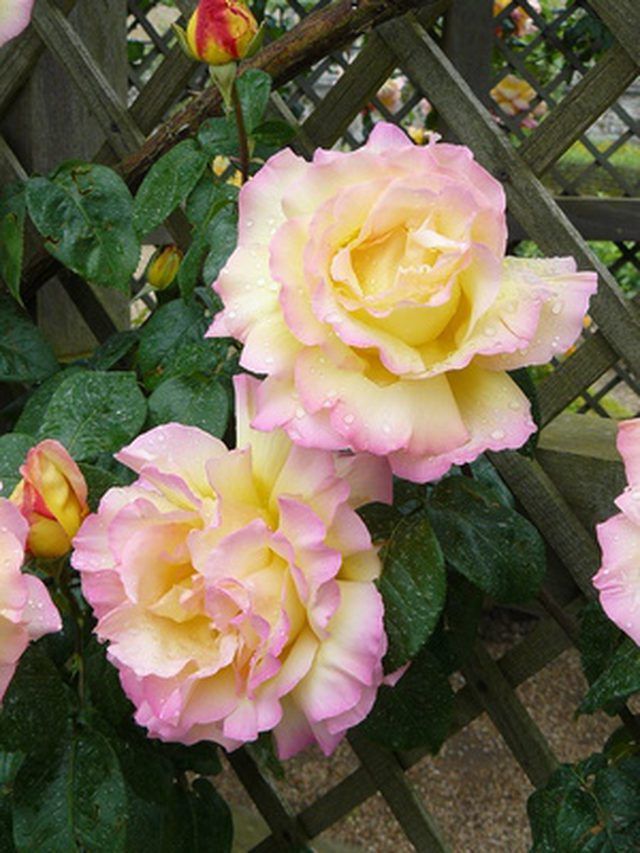Bulbs
Flower Basics
Flower Beds & Specialty Gardens
Flower Garden
Garden Furniture
Garden Gnomes
Garden Seeds
Garden Sheds
Garden Statues
Garden Tools & Supplies
Gardening Basics
Green & Organic
Groundcovers & Vines
Growing Annuals
Growing Basil
Growing Beans
Growing Berries
Growing Blueberries
Growing Cactus
Growing Corn
Growing Cotton
Growing Edibles
Growing Flowers
Growing Garlic
Growing Grapes
Growing Grass
Growing Herbs
Growing Jasmine
Growing Mint
Growing Mushrooms
Orchids
Growing Peanuts
Growing Perennials
Growing Plants
Growing Rosemary
Growing Roses
Growing Strawberries
Growing Sunflowers
Growing Thyme
Growing Tomatoes
Growing Tulips
Growing Vegetables
Herb Basics
Herb Garden
Indoor Growing
Landscaping Basics
Landscaping Patios
Landscaping Plants
Landscaping Shrubs
Landscaping Trees
Landscaping Walks & Pathways
Lawn Basics
Lawn Maintenance
Lawn Mowers
Lawn Ornaments
Lawn Planting
Lawn Tools
Outdoor Growing
Overall Landscape Planning
Pests, Weeds & Problems
Plant Basics
Rock Garden
Rose Garden
Shrubs
Soil
Specialty Gardens
Trees
Vegetable Garden
Yard Maintenance
What Do Dry Leaves After Planting a Rose Bush Mean?
What Do Dry Leaves After Planting a Rose Bush Mean?. Dry leaves are often seen on recently transplanted rose bushes. While relatively common, wilted leaves are a sign that something is not right with your new rose bush. You need to take action. Here are some of the causes of dry leaves and what you can do about it.

Dry leaves are often seen on recently transplanted rose bushes. While relatively common, wilted leaves are a sign that something is not right with your new rose bush. You need to take action. Here are some of the causes of dry leaves and what you can do about it.
Damaged Feeder Roots
The presence of dry leaves on your newly planted rose bushes may indicate that you have lost or damaged feeder roots. Feeder roots are the tiny, delicate roots on a rose that actually collect most of the water and nutrients that nourish the leaves, canes and flowers of the rose bush. If you havenít already cut back the rose by half from its pre-transplant size, do so quickly. You will have to compensate for the missing feeder roots until new ones establish themselves in about two months. Water daily and keep the soil moist, but not wet. Donít fertilize, because the bush canít absorb it until the feeder roots come back.
Transplant Shock
If youíve been careful about preserving the feeder roots, you can still get some leaf wilting, especially around the edges, due to transplant shock. To compensate, protect the canes from loss of moisture until the roots are established in their new home. Spray the canes with an anti-transpirant solution, a commercial product available at your nursery that helps keep moisture from evaporating from the canes. If the feeder roots arenít damaged, you may apply a little fertilizer, but donít overdo it.
Overheated Roots
Roses like a cool, moist root system. To help cool the roots, pile a hill of mulch around the canes to insulate and hold moisture around the canes and roots until new shoots begin to appear in a week or two. In hot, dry weather you may need to reduce heat and moisture loss by stringing up a sheet of burlap or shade cloth above the bush till it perks up.
Prevention
You can do several things to prevent the leaves from drying out when you are planting your roses. Dig the hole before you remove the rose bush from its container so that you quickly remove it from its container and set it immediately into the hole. Fill the hole with water and let it absorb into the surrounding ground. Then, quickly plant the bush and pile up mulch around the roots.
Patience
Your rose bush may look terrible and lose a lot of leaves following transplant. Donít panic. Begin taking care of the transplanted rose just as you would any other rose bush. Water and mulch. Tuck a few banana peels into the mulch. Roses like that. Above all, be patient. Resist the urge to fiddle with it. If you need to trim it, do so, then leave it alone. Most of the time, what a transplanted rose needs is time to re-establish itself. Resist the urge to overwater. That will kill it. A transplant solution used according to directions along with your regular watering can help, but again, donít overwater and donít over-fertilize. Just care for it the same way you do the healthy roses next to it in the garden. It may be next growing season before the bush looks like anything, but roses are a pretty hardy species. The leaves may droop and wilt. The plant may look dead, but if you give it what it needs and leave it alone to recover, it will likely survive.